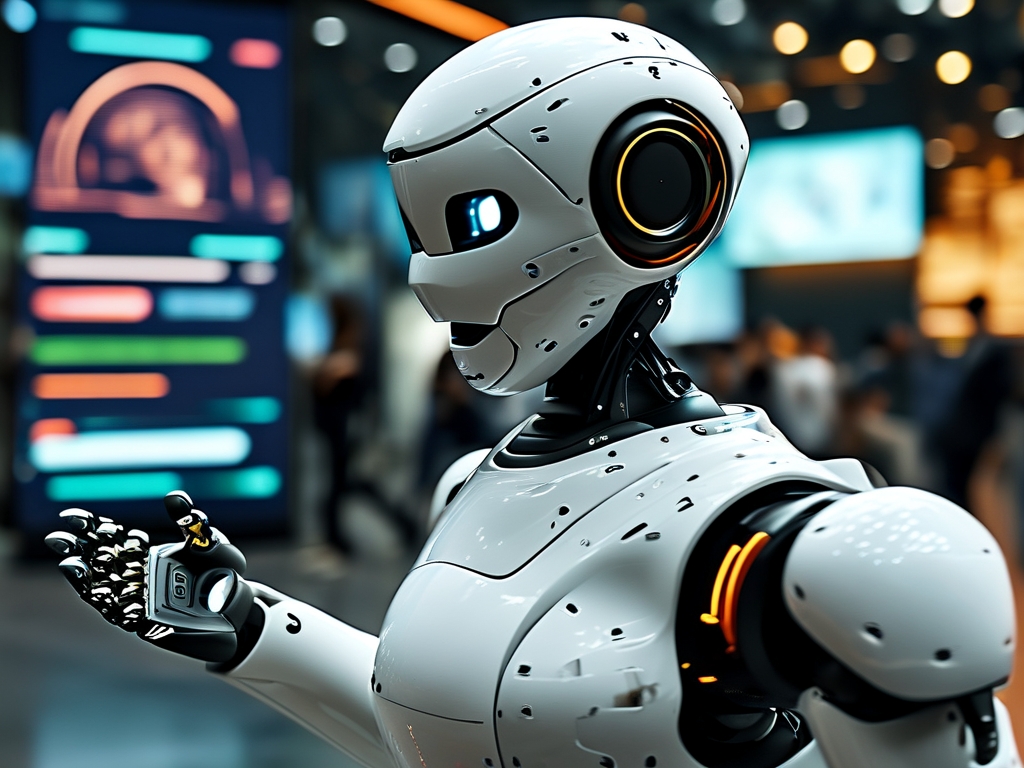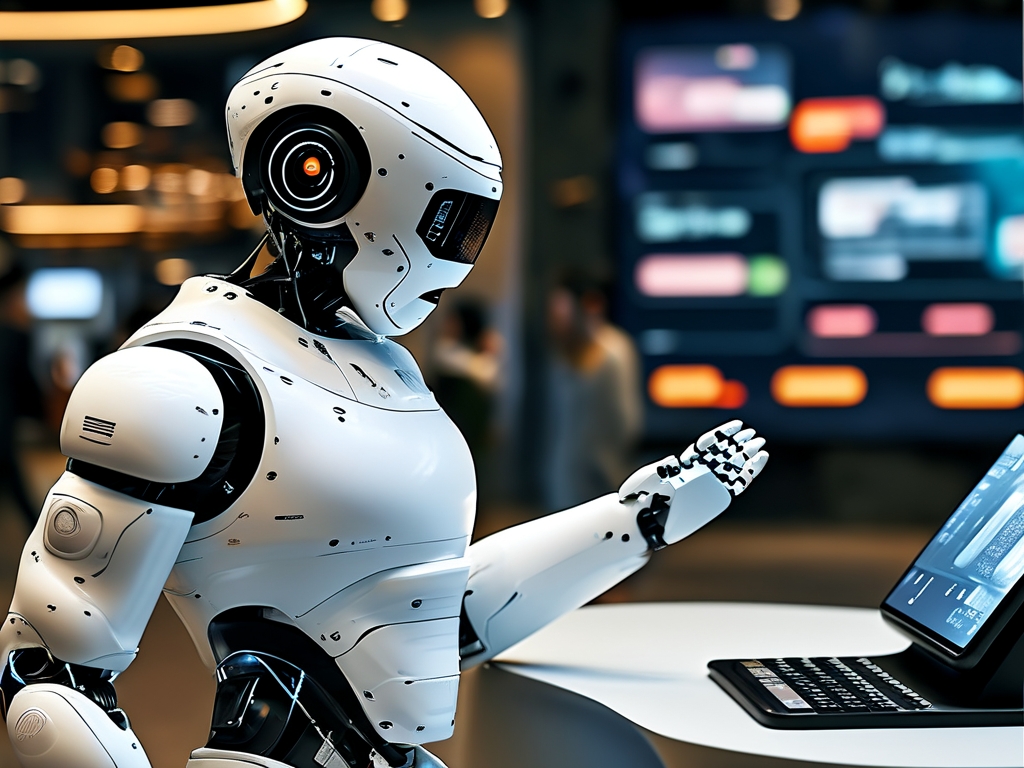The ability of robots to communicate effectively is a cornerstone of modern robotics, enabling collaboration, data exchange, and seamless integration into human environments. This article delves into the mechanisms, protocols, and innovations that underpin robotic communication technologies, shedding light on how machines "talk" to each other, humans, and broader systems.
1. Foundations of Robotic Communication
Robotic communication relies on a combination of hardware and software frameworks. At its core, it involves transmitting data through sensors, actuators, and networked systems. Sensors (e.g., cameras, LiDAR, microphones) collect environmental data, which is processed by onboard algorithms or cloud-based systems. Actuators then execute commands based on this data. For example, an autonomous vehicle uses radar to detect obstacles, processes the information to calculate a safe path, and communicates adjustments to its steering mechanism.
Communication protocols like MQTT (Message Queuing Telemetry Transport) and ROS (Robot Operating System) standardize how robots send and receive messages. These protocols ensure interoperability, allowing robots from different manufacturers to collaborate in industrial automation or disaster response scenarios.
2. Human-Robot Interaction: Bridging the Gap
For robots to interact with humans, they employ Natural Language Processing (NLP) and computer vision. Voice assistants like Amazon's Alexa or humanoid robots like Boston Dynamics' Spot use NLP to interpret verbal commands. Advanced systems integrate sentiment analysis to gauge emotional cues, enabling more empathetic responses.
Visual communication is equally critical. Facial recognition algorithms allow service robots to identify individuals, while gesture recognition enables control without physical interfaces. For instance, collaborative robots (cobots) in factories interpret hand signals from workers to pause or adjust tasks, enhancing safety.
3. Machine-to-Machine (M2M) Communication
In industrial and IoT settings, robots communicate autonomously via 5G networks, Wi-Fi, or Bluetooth. Swarm robotics-a field where multiple robots work collectively-demonstrates this vividly. Drones in agricultural swarms share real-time data on crop health, coordinating flight patterns to optimize coverage. Similarly, warehouse robots exchange inventory updates to streamline logistics.
Edge computing plays a pivotal role here. By processing data locally instead of relying on centralized servers, robots reduce latency, enabling faster decision-making. For example, autonomous delivery robots use edge computing to navigate dynamic urban environments without lag.

4. Challenges in Robotic Communication
Despite advancements, challenges persist. Latency remains a critical issue in time-sensitive applications like surgery or autonomous driving. A delay of milliseconds could lead to catastrophic outcomes. Security is another concern; unencrypted communication channels expose robots to hacking, risking data breaches or malicious control.

Standardization is yet another hurdle. With proprietary protocols dominating the market, achieving universal compatibility requires industry-wide collaboration. Initiatives like the Industrial Internet Consortium (IIC) aim to address this by promoting open frameworks.
5. The Future: AI and Quantum Communication
Emerging technologies promise to revolutionize robotic interaction. AI-driven predictive communication enables robots to anticipate needs-for instance, a home assistant robot ordering groceries before supplies run out. Quantum communication, with its unhackable encryption, could secure robotic networks against cyber threats.
Moreover, advancements in brain-machine interfaces (BMIs) may enable direct neural communication between humans and robots. Researchers are exploring how EEG signals could control prosthetics or exoskeletons, blurring the line between human and machine.
Robotic communication technology is evolving rapidly, driven by innovations in AI, networking, and sensor technology. As robots become more integrated into daily life-from healthcare to space exploration-their ability to communicate efficiently and securely will define their utility. By addressing current limitations and embracing cutting-edge solutions, the future of robotic interaction holds limitless potential.

